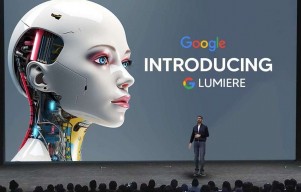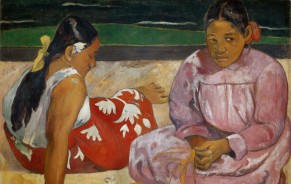“WWW: World Wide Web, Not Wealthy Western Web” by Bruce Lawson explains the challenges to web access in Asia and Africa which he aims to reach to the next 4 billion people with fast, performance sites. He tries to make improvements to web standards so that websites can be made to better serve the whole world and not just the wealthy west. Bruce Lawson is the Deputy Chief of Opera. He speaks based on his research from his years living in Asia and working for Opera. His purpose is to show how to bring brands to new markets.
He suggests that across the world, regardless of income, hardware or network speed, people want to consume the same kinds of goods and services and that a World wide website is made for the whole world which means that that the next 4 billion people should be able to have the chance to consume the stuff that the organization makes. Lawson believes that in order to make use of the web to give a better experience for the next 4 billion people, there should be better standards and better browsers, according to Smashing Magazine.
To achieve better that, he explained about the use of Progressive Web Apps (PWA). This allows users to “install” app to their home screen (on supporting devices and browsers). The PWA can launch in full-screen, portrait or landscape mode, just like a native app. But, essentially, the app lives on the web because it is fully part of the web, and like the web, it’s based on the principles of progressive enhancement. a PWA is just like a normal website on Safari, Windows phones and Opera Mini. Clout Creative reported that they are called progressive web apps because they are progressively enhanced websites.
The advantages of a PWA are the following: (1) With no app store or gatekeeper, the browser can offer to add a web app to the home screen when the user visits your website; (2) It is searchable, indexable and linkable; (3) It works offline; (4) Visitors without supporting browsers get a normal website; no one is left behind.
Another thing he mentioned is the use of HTML responsive images. This answers the question on how to send “Retina-Quality” images to devices that display them properly and send smaller images to non-retina devices. He believes solving this question is vital to achieve better web access. He said that saving data is important because this will make the website faster. If bloated images are eating up people’s data plan, then it will consume more work hours which means that people won’t go back to the website.
However, there are other challenges at stake, such as ways to get over creaky infrastructure in developing markets (which can be done with stopgap technological solutions, such as proxy browsers), and also looking at some of the reasons why some of the offline billions remain offline, and what can be done to address this. Overall, Lawson believes about doing the right thing and keeping the web open, democratic and global.


















